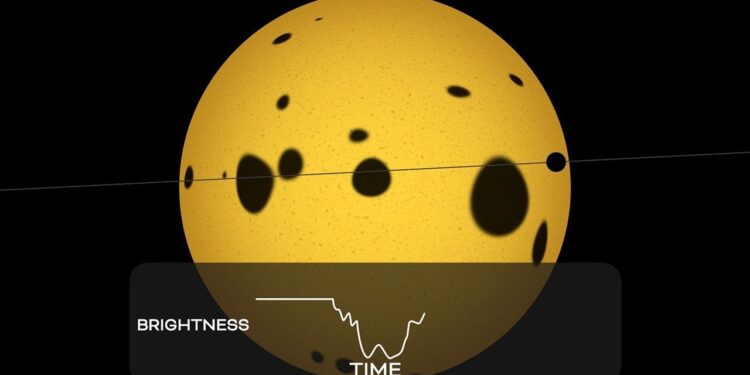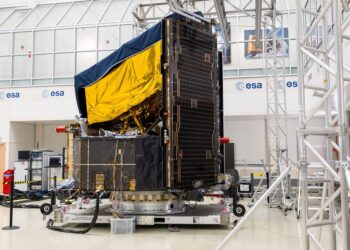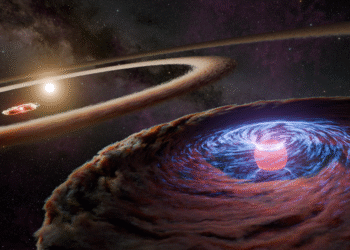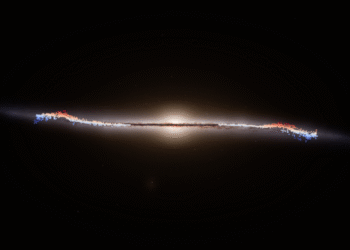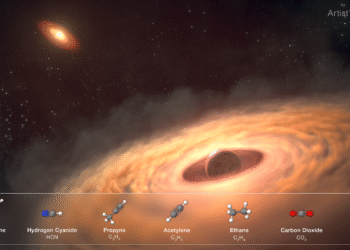Astronomers have introduced a new modeling approach, StarryStarryProcess, that reconstructs the size, distribution, and contrast of star spots by combining exoplanet transit data with stellar rotation signals from NASA’s TESS and Kepler missions. The technique aims to correct for stellar surface complexity that can skew planetary measurements, sharpening estimates of exoplanet sizes and atmospheric properties derived from transit photometry and spectroscopy.
Why stellar “polka dots” matter
Most exoplanet analyses assume stars are uniform disks. In reality, cool, dark spots and bright faculae alter a star’s apparent brightness across its surface and over time. When a planet crosses a spotted region or a cleaner photosphere, the transit light curve deviates from the idealized shape, introducing biases in derived planetary radius, orbital geometry, and atmospheric signatures. Accounting for stellar heterogeneity is essential for reliable detections of molecules such as water vapor and for understanding potential habitability.
How the model works
StarryStarryProcess extends decades of spot-modeling techniques by fitting transit light curves jointly with longer-term rotational modulation. This combined view constrains:
- The number and typical sizes of spots
- Their latitudinal and longitudinal distribution
- Spot-to-photosphere brightness contrast
- Stellar inclination and the planet’s transit chord
By integrating both the fine structure during transits and the quasi-periodic brightness changes from stellar rotation, the model delivers a statistically robust map of spot coverage that can be propagated into exoplanet parameter inferences.
Early results and a test case
In a demonstration, researchers analyzed transits of TOI 3884 b, a gas giant located about 141 light-years away in Virgo and discovered by TESS in 2022. The analysis indicates prominent high-latitude spot concentrations on the host star, consistent with a geometry where the planet’s path intersects a spot-rich region. Such system-level mapping helps disentangle stellar activity from planetary signals, improving confidence in measurements of planet size and atmospheric features.
Implications for exoplanet science
Refined stellar surface models translate directly into better exoplanet characterization. Key impacts include:
- Reduced bias in planet radius and transit depth measurements
- More reliable transit spectroscopy by mitigating stellar contamination
- Improved constraints on spin–orbit alignment and system architectures
- Stronger target selection and scheduling for follow-up campaigns
Preparing for Pandora and multi-mission synergy
Current fits emphasize visible-light datasets, aligning with TESS and Kepler archives, while infrared extensions will be valuable for interpreting observations from missions such as the James Webb Space Telescope. NASA’s upcoming Pandora small satellite, designed for long-duration, multiwavelength monitoring of exoplanet transits and stellar activity, stands to benefit from tools that separate stellar and planetary signals. By quantifying stellar heterogeneity, StarryStarryProcess can help Pandora and complementary facilities isolate features originating in a planet’s atmosphere from those imposed by an active star.
The research, led by a team including Stony Brook University and collaborators, is published in The Astrophysical Journal. Additional details and multimedia are available via NASA’s report: Astronomers Map Stellar ‘Polka Dots’ Using NASA’s TESS, Kepler.


